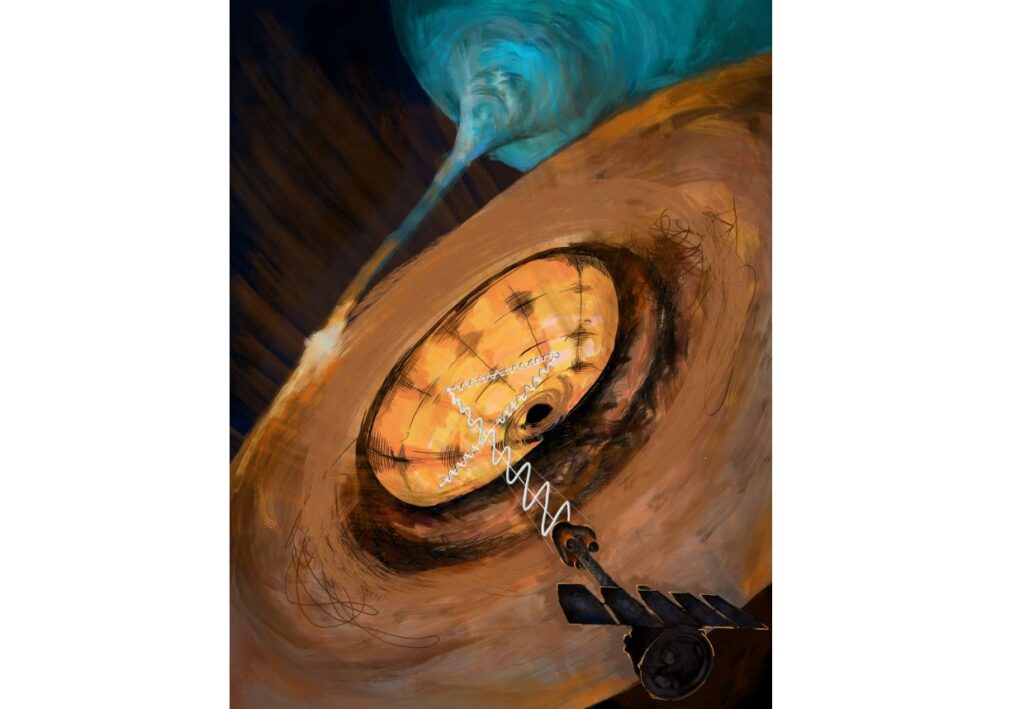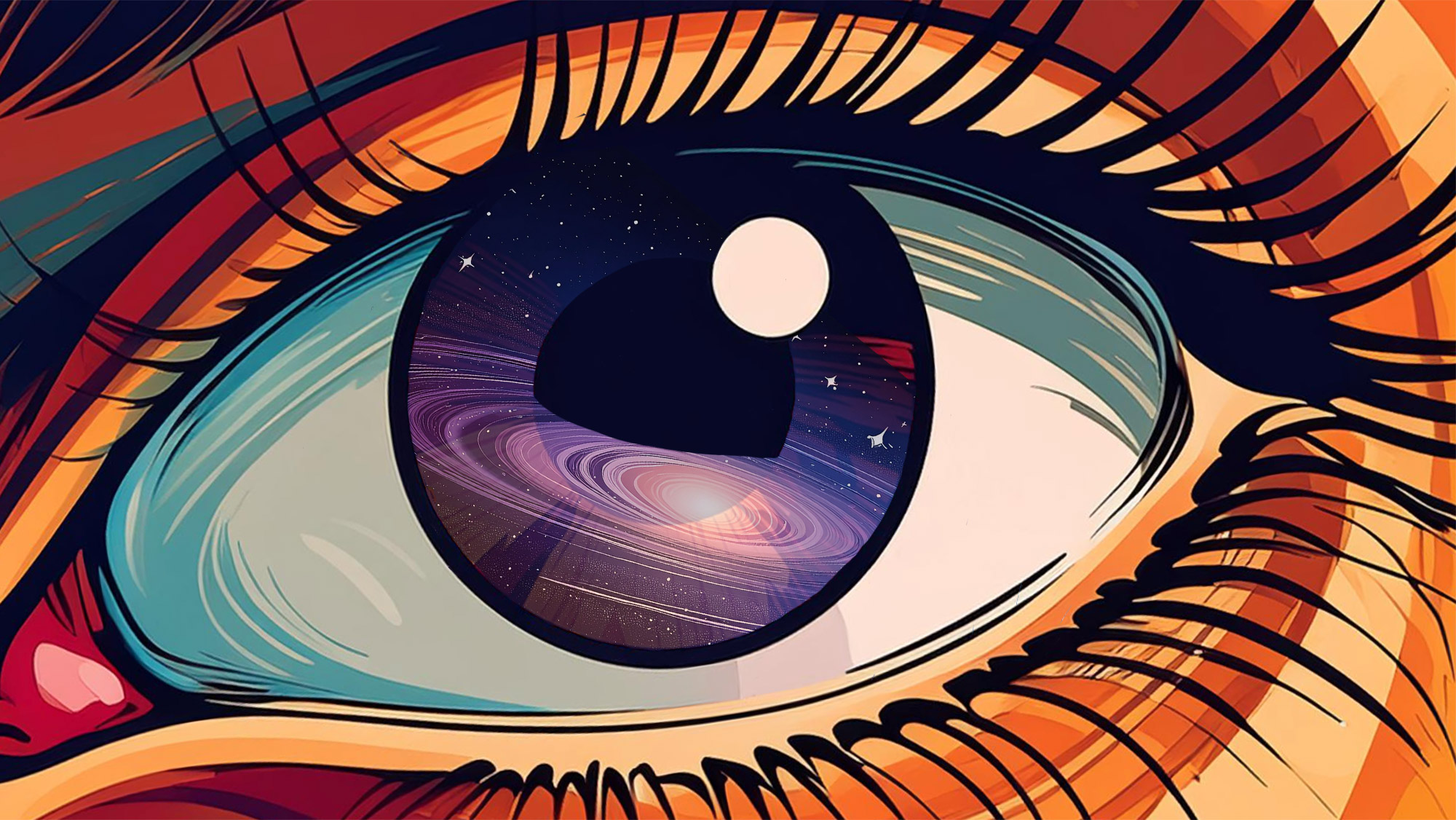
Astronomers uncovered that a well-known X-ray binary, whose exact nature has been a mystery to scientists until now, is actually a hidden ultraluminous X-ray source. X-ray binaries are intriguing systems consisting of two celestial bodies: a normal star and a compact, dead object such as a black hole or a neutron star that sucks material from its stellar companion. A few hundred such sources have been identified thus far in our Galaxy...
Read More








Recent Comments